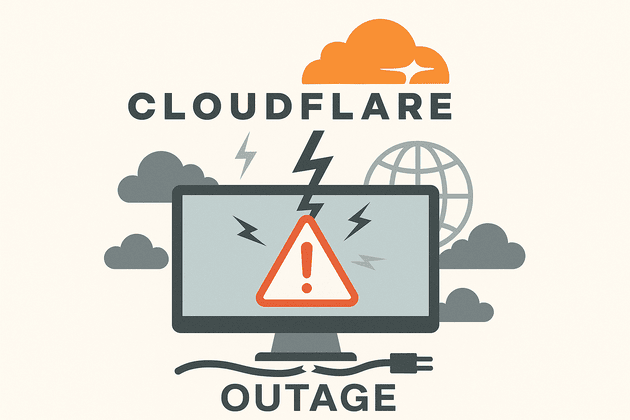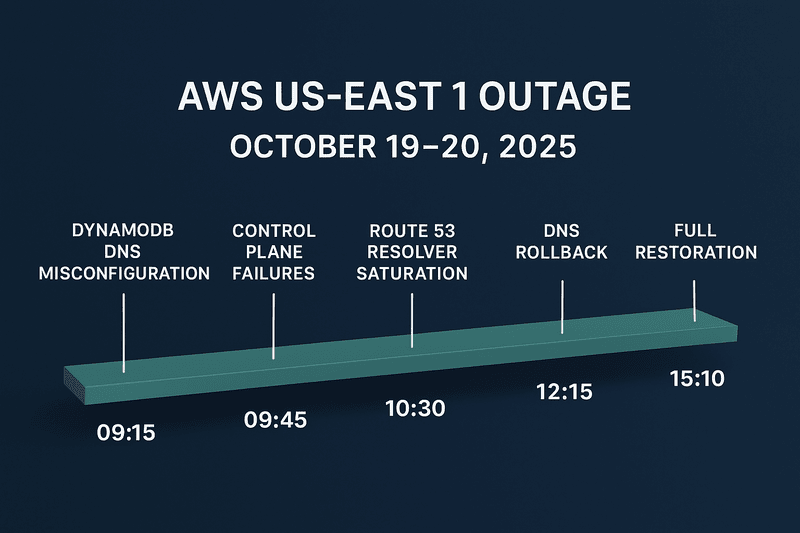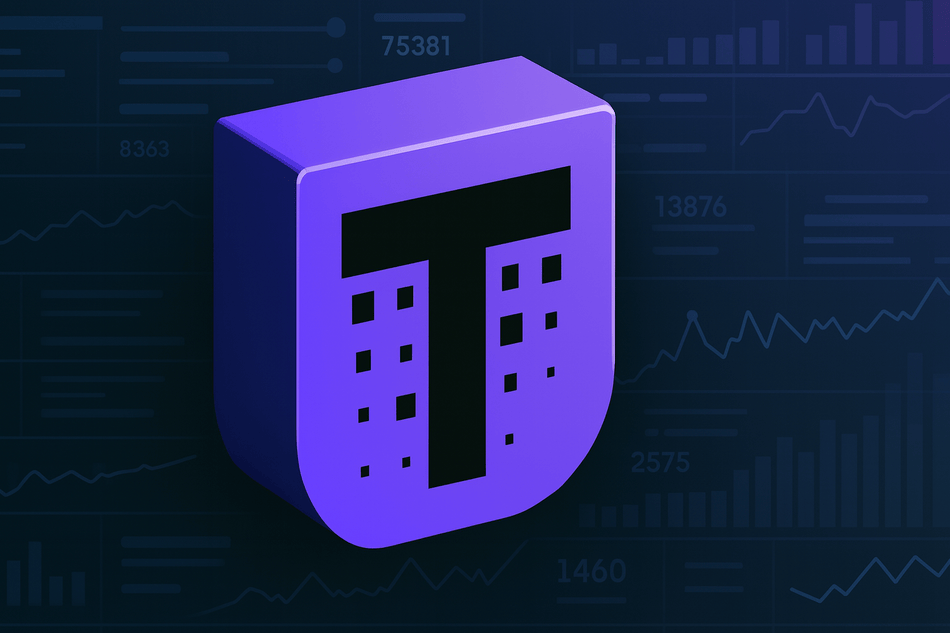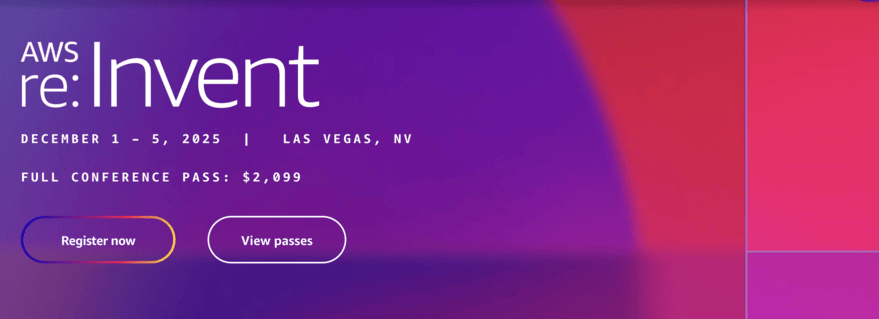On June 12, 2025, a cascade of failures triggered by an upstream issue in Google Cloud’s IAM system rippled through Cloudflare’s services—Workers KV, WARP, Access, Worker AI, Turnstile, and more, causing a 2h 28m global outage. Though no data was lost, thousands of users and services across the internet were disrupted. Here are the key takeaways for DevOps and SRE teams aiming to build more resilient systems.
1. Map Hidden Third‑Party Dependencies
Cloudflare’s June 12, 2025, outage exposed how deeply embedded third-party services can become invisible single points of failure, especially in modern, cloud-native architectures. Despite appearing to be a distributed, resilient edge system, Workers KV was critically dependent on a centralized storage backend managed by Google Cloud. This backend required Google’s IAM (Identity and Access Management) service for access control, so when IAM failed, KV instantly became inaccessible, cascading into failures across services that relied on it, including Workers AI, Access, and Turnstile. This incident highlights the importance for DevOps and SRE teams to not only identify direct dependencies, but to trace and document indirect and transitive dependencies—especially those involving managed cloud services that may not be under their operational visibility or control.
Takeaway: Move beyond surface-level dependencies. Know which cloud‑hosted services underpin your stack, even ones outside your direct control.
2. Avoid Invisible Single Points of Failure
Although Workers KV was designed to be a “coreless” edge service, implying distributed operation without centralized bottlenecks, it still relied on a single centralized data hub for critical storage operations, making it vulnerable to upstream issues. This architectural illusion of decentralization masked a hidden single point of failure: the underlying control plane managed by Google Cloud. When that control plane became inaccessible due to an IAM outage, the entire KV system failed despite the edge nodes themselves remaining operational. For DevOps and SRE teams, this reinforces the need to rigorously validate assumptions about redundancy—true resilience requires not just distributed components, but independent operational paths that eliminate centralized choke points hidden behind managed abstractions.
Takeaway: Validate architectural assumptions. Even distributed systems can harbor hidden choke points. Design for true fault isolation.
3. Ensure Independent & External Monitoring
During the June 12 outage, both Cloudflare and many of its customers were caught off guard because their monitoring and alerting systems were hosted within the same cloud ecosystem that experienced the failure—Google Cloud. As a result, observability tools either failed to trigger alerts or provided incomplete visibility, delaying detection and response. This incident highlights a critical blind spot: when monitoring infrastructure shares the same failure domain as production systems, it can become equally unavailable during outages. For DevOps and SRE teams, the lesson is clear: monitoring must be logically and physically independent, ideally distributed across multiple providers or external networks, to ensure accurate visibility and alerting even when core services go down.
Takeaway: Host synthetic tests and observability agents outside any single cloud provider. External visibility is mission‑critical.
4. Prepare for Domino‑Effect Outages
The IAM outage within Google Cloud triggered a widespread domino effect that rippled across the internet, affecting not just Cloudflare but also other major services like Anthropic, Spotify, Discord, and more. These organizations, though operating independently, shared critical dependencies on Google’s identity infrastructure, specifically for authentication, access control, and service-to-service permissions. As the IAM system faltered, any application or microservice relying on it became either unreachable or inoperable, demonstrating how tightly coupled modern digital ecosystems have become. For DevOps and SRE teams, this underscores the urgent need to design systems with isolation boundaries, graceful degradation capabilities, and fallback mechanisms to prevent a single vendor outage from toppling multiple tiers of functionality. Preparing for such interdependent failure chains can dramatically reduce recovery time and preserve critical services during cascading disruptions.
Takeaway: Harden downstream services—use feature flags, implement circuit breakers, apply timeouts, and design graceful degradation to limit your system’s blast radius.
5. Strengthen Incident Response and Communication
Cloudflare’s handling of the June 12 outage demonstrated the value of a well-prepared incident response strategy, as the company promptly declared a “Code Orange” to mobilize its global engineering teams and initiated a direct communication channel, referred to as a vendor bridge, with Google’s incident response engineers. This facilitated real-time collaboration, expedited root cause analysis, and ensured coordinated troubleshooting across organizational boundaries. Simultaneously, Cloudflare maintained transparency with customers through regular updates on its status page and social media, helping to manage user expectations and reduce confusion. For DevOps and SRE teams, this response serves as a best-practice model: incident playbooks should include predefined escalation paths, cross-vendor communication protocols, and dedicated roles for external-facing communication to ensure clarity, speed, and trust during high-impact events.
Takeaway: Rapid escalation, clear roles, and open stakeholder communication are non‑negotiable. Include vendor failure scenarios in incident playbooks and run tabletop drills.
Bonus: Plan for Recovery of Debt
Restoring a failed service doesn’t instantly bring systems back to full health—a reality Cloudflare and others faced after Google Cloud’s IAM service was brought back online. While authentication was re-enabled, dependent services such as Dataflow and Vertex AI experienced prolonged recovery times due to backlogged requests, stale credentials, and misaligned system states across distributed components. This kind of “recovery debt” can silently prolong outages even after the root issue is fixed. For DevOps and SRE teams, it’s critical to recognize that system recovery involves more than flipping a switch—it requires active management of cascading retries, data reconciliation, service warm-up, and capacity rebalancing. Post-incident plans should explicitly account for these long-tail recovery steps, with monitoring tuned not just for uptime but for functional readiness and performance restoration across all critical services.
Takeaway: Post‑incident, prioritize clearing recovery backlogs. Track cascading delays and incorporate “long‑tail” recovery into your SLAs and runbooks.
Conclusion
Cloudflare’s outage is a stark reminder that even industry-leading architectures can unravel in unanticipated ways. For DevOps and SRE teams, the path forward is clear:
-
Trace hidden dependencies thoroughly.
-
Eliminate central failure nodes.
-
Add redundant, external monitoring.
-
Prepare downstream services to self-protect.
-
Build strong, cross-organizational incident playbooks.
By embracing these lessons, teams can build systems resilient to the unpredictable—and succeed when the unexpected strikes.







